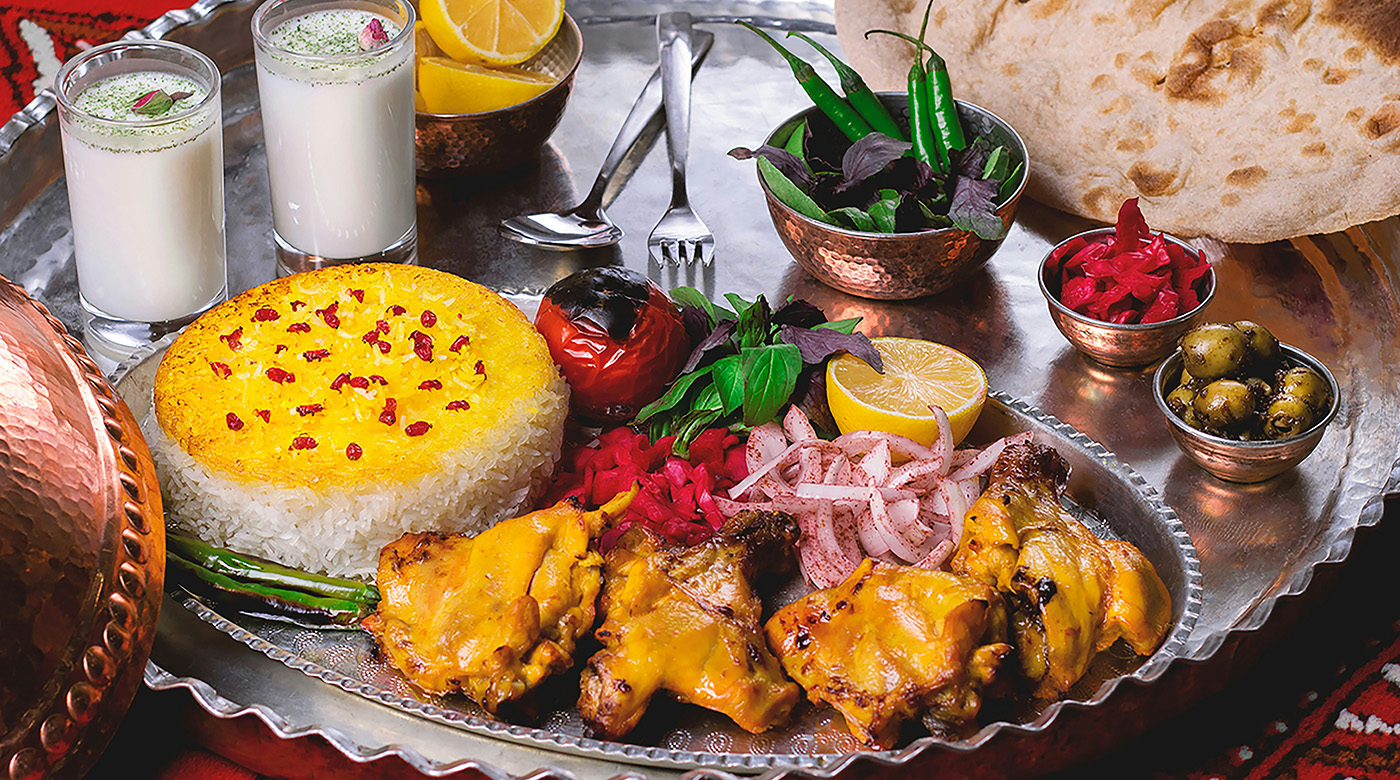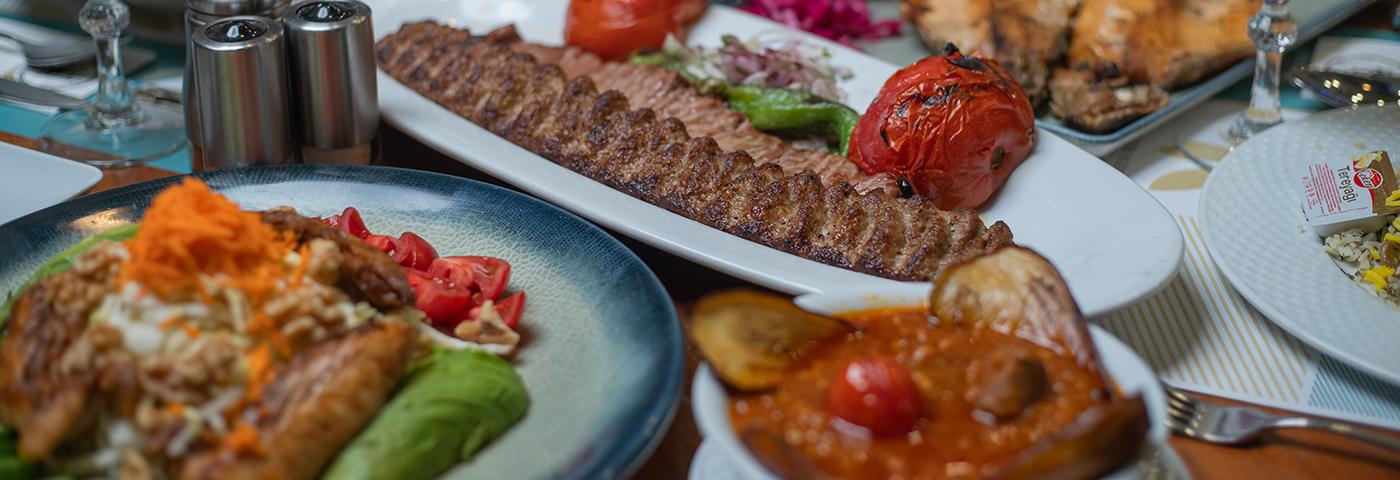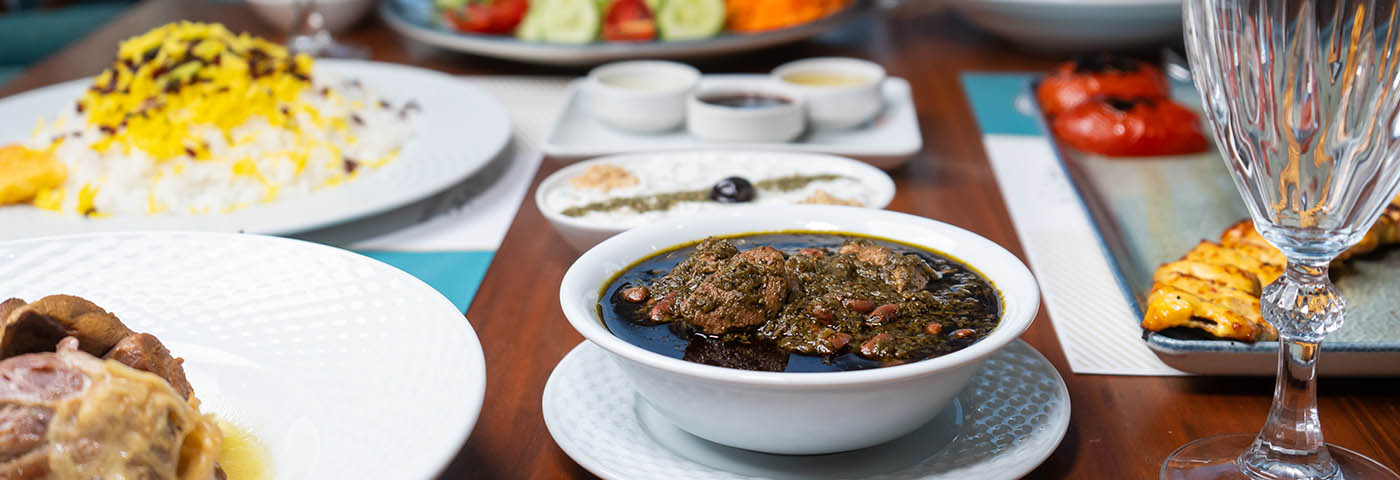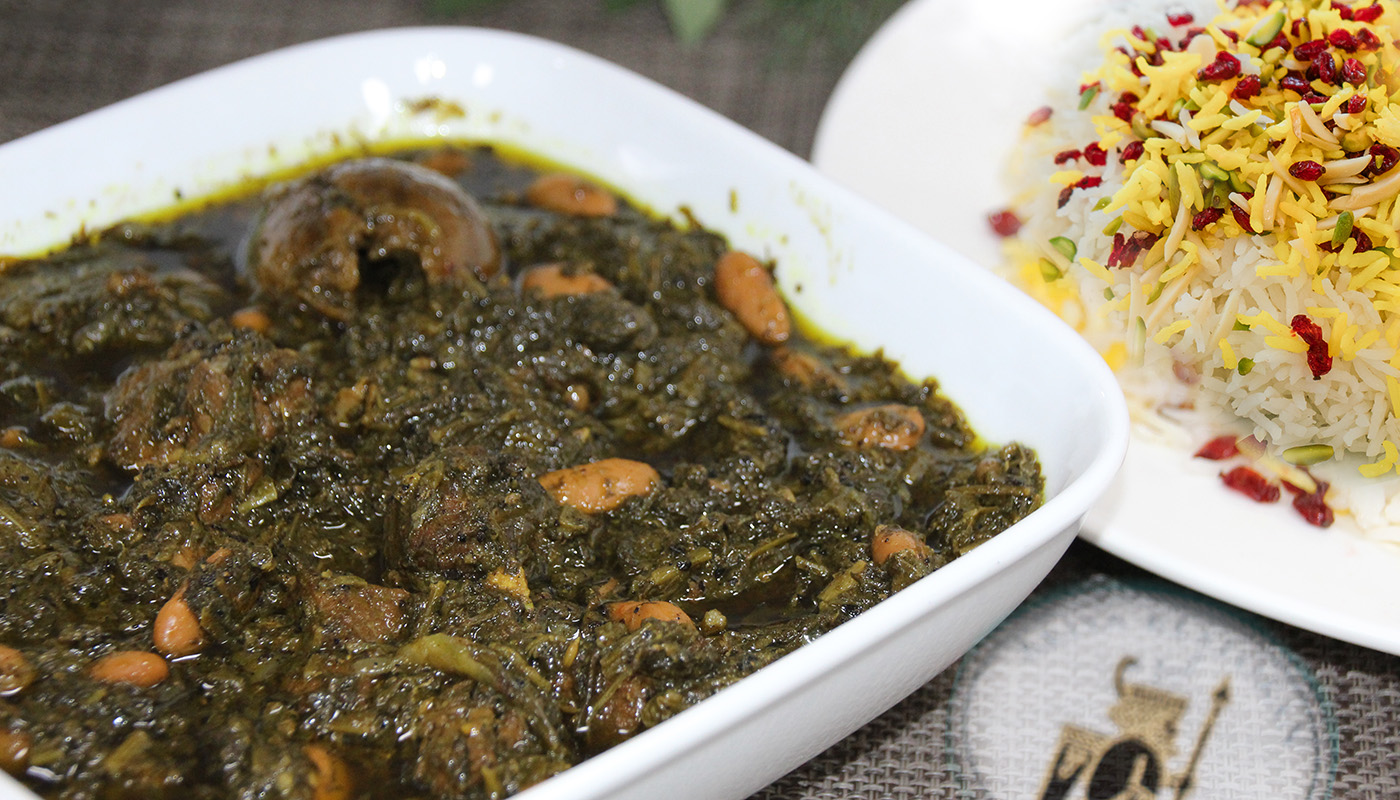Ghormeh Sabzi is a traditional Persian dish that has captivated food lovers for centuries. At Ariya Restaurant, one of our most celebrated dishes is Ghormeh Sabzi. Known for its rich, herbaceous flavors, Ghormeh Sabzi combines a unique blend of fresh herbs, tender meat, and tangy dried limes, creating a dish that is both comforting and complex. The unique taste and aroma of Ghormeh Sabzi make it a must-try for anyone exploring Persian cuisine.
The History and Cultural Significance of Ghormeh Sabzi
Ghormeh Sabzi is more than just a stew; it is a dish deeply rooted in Persian culture and tradition. Its history spans over 2,000 years, making it a significant part of Iran's culinary heritage. Often prepared for family gatherings and festive occasions, Ghormeh Sabzi is traditionally served during Nowruz, the Persian New Year, symbolizing renewal and the vibrant spirit of spring. The name "Ghormeh Sabzi" translates to "stewed herbs," highlighting the importance of fresh, aromatic greens in this classic recipe.
Key Ingredients of Ghormeh Sabzi
Fresh Herbs
The heart of Ghormeh Sabzi lies in its fresh herbs. At Ariya Restaurant, we use only the finest parsley, cilantro, fenugreek leaves, and leek chives. These herbs are finely chopped and sautéed to release their fragrant oils, forming the aromatic base of the stew.
Tender Meat
Traditionally, lamb is used in Ghormeh Sabzi, though beef is also a popular choice. The meat is cut into small pieces and browned to enhance its flavor and texture, creating a hearty and satisfying dish.
Dried Limes (Limoo Omani)
Dried limes are a signature ingredient in Ghormeh Sabzi, providing a distinctive tangy flavor that balances the richness of the herbs and meat. These limes are punctured and added whole to the stew, infusing it with their unique citrusy essence.
Kidney Beans
Kidney beans add a hearty texture and nutritional value to the dish. Soaked overnight and cooked until tender, they blend seamlessly into the stew, enhancing its overall richness.
Turmeric and Spices
Turmeric is the key spice in Ghormeh Sabzi, lending a warm, earthy flavor and vibrant color. At Ariya Restaurant, we carefully balance turmeric with salt and pepper to enhance the dish's overall taste.
How to Prepare Ghormeh Sabzi
1. Sautéing the Herbs
The preparation of Ghormeh Sabzi begins with washing and finely chopping the fresh herbs. They are then sautéed in oil until wilted and fragrant, which is crucial for developing the stew's base flavor.
2. Browning the Meat
In a large pot, the meat pieces are browned in oil. This process locks in the meat's juices and adds a savory depth to the stew.
3. Combining Ingredients
The sautéed herbs, soaked kidney beans, and punctured dried limes are added to the pot with the browned meat. Turmeric, salt, and pepper are then sprinkled in to season the mixture.
4. Simmering
Water is poured into the pot, and the mixture is brought to a boil. Once boiling, the heat is reduced, and the stew is allowed to simmer for several hours, enabling the flavors to meld and the meat to become tender.
5. Final Seasoning
Before serving, the stew is tasted, and additional seasoning is added if necessary. The dried limes can be removed before serving or left in, depending on personal preference.
Serving Suggestions
At Ariya Restaurant, Ghormeh Sabzi is traditionally served with steamed basmati rice, often accompanied by Tahdig, a crispy layer of rice from the bottom of the pot. This combination enhances the stew's flavors and provides a delightful contrast in textures.
Perfect Accompaniments
- Persian Pickles (Torshi): These tangy pickles add a crunchy, acidic element that complements the stew.
- Yogurt (Mast-o-Khiar): A cooling yogurt dip with cucumber and mint balances the richness of the stew.
- Fresh Herbs (Sabzi Khordan): A platter of fresh herbs such as mint, tarragon, and basil, traditionally served with Persian meals.
Health Benefits of Ghormeh Sabzi
Ghormeh Sabzi is not only delicious but also nutritious. The fresh herbs provide vitamins A and C, while the kidney beans offer protein, fiber, and essential minerals. Dried limes add a dose of vitamin C, and turmeric contains curcumin, known for its anti-inflammatory properties.
Regional Variations of Ghormeh Sabzi
While the core ingredients remain the same, there are regional variations of Ghormeh Sabzi across Iran. Some regions might add additional herbs or spices, or use different types of beans, each adding its unique twist to this beloved dish.
Why Ghormeh Sabzi Stands Out in Persian Cuisine
Ghormeh Sabzi is a testament to the richness and diversity of Persian cuisine. Its unique combination of flavors—from the tangy dried limes to the earthy turmeric—creates a harmonious balance that is both comforting and intriguing. The meticulous preparation and high-quality ingredients reflect the care and tradition that go into Persian cooking.
Tips for Making the Perfect Ghormeh Sabzi
- Use Fresh Herbs: Fresh herbs are essential for the authentic flavor of Ghormeh Sabzi. Avoid using dried herbs as they lack the same intensity.
- Patience is Key: Allow the stew to simmer slowly. This low and slow cooking method ensures the flavors develop fully and the meat becomes tender.
- Quality Ingredients: Use high-quality meat and fresh herbs to achieve the best results. The quality of the dried limes and turmeric also significantly impacts the final taste.
Ghormeh Sabzi is more than just a stew; it is a culinary journey through Persian history and tradition. Its robust flavors and rich aroma make it a standout dish that captures the essence of Persian cuisine. Whether you're a seasoned cook or a novice in the kitchen, preparing Ghormeh Sabzi is a rewarding experience that brings a taste of Iran into your home.




